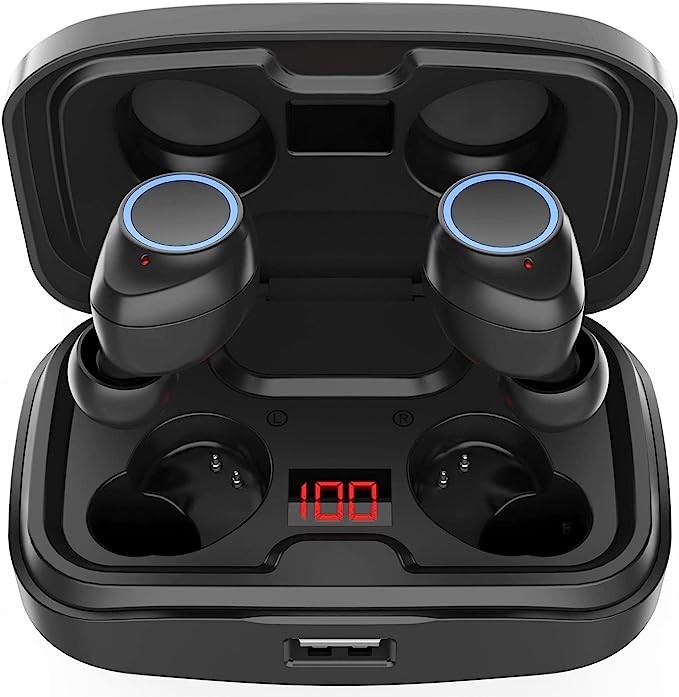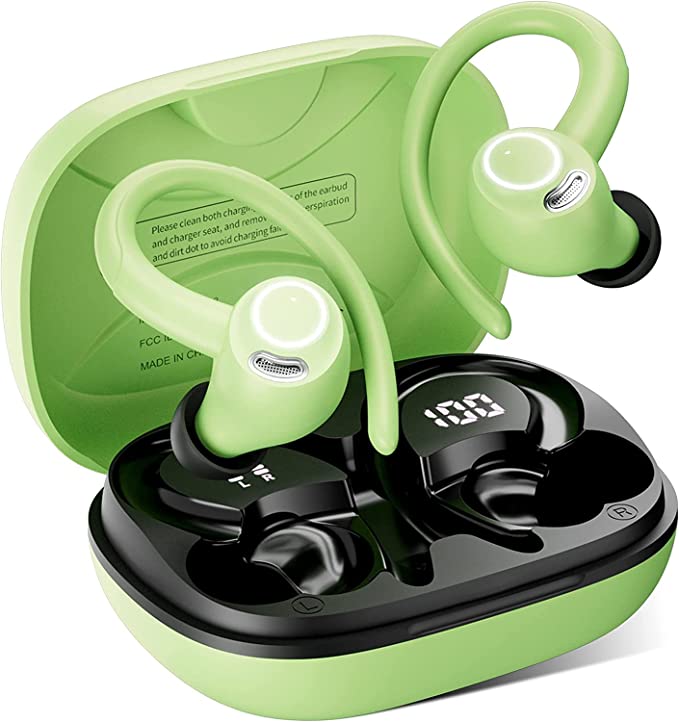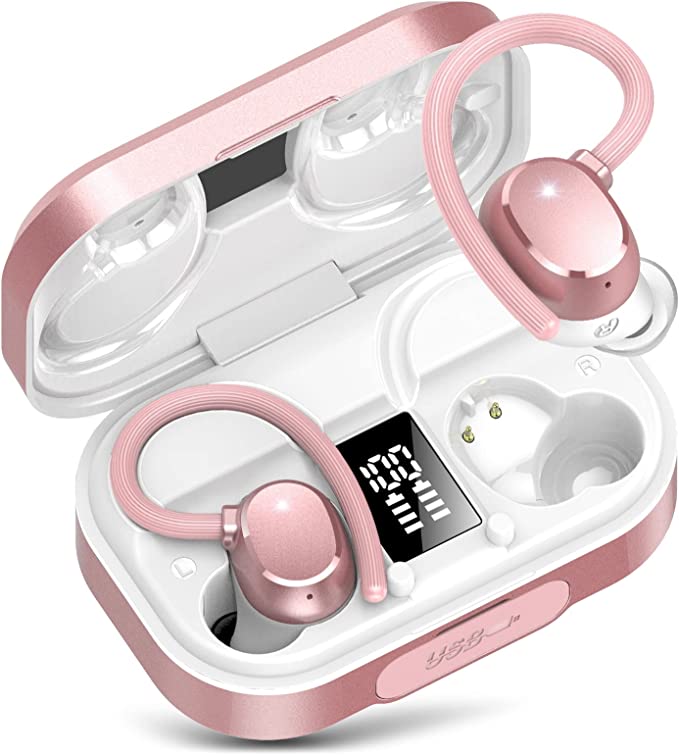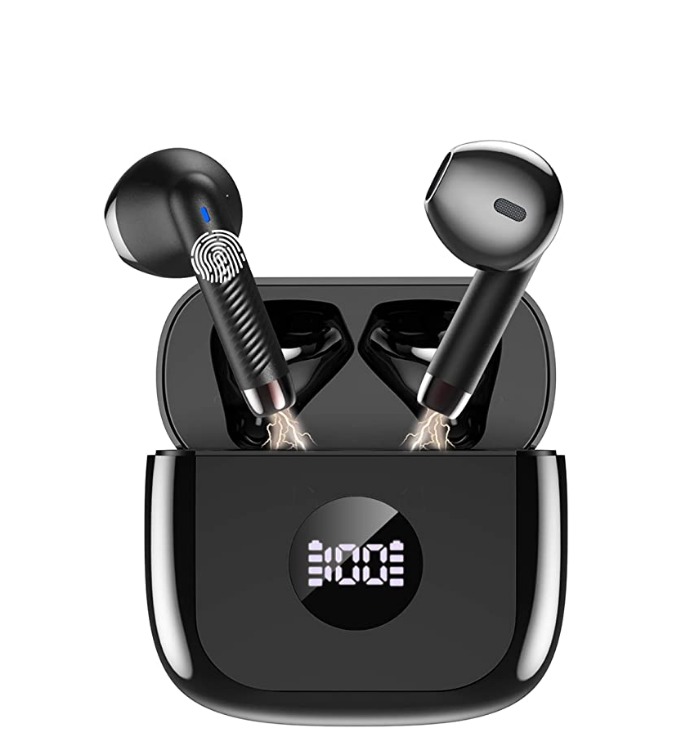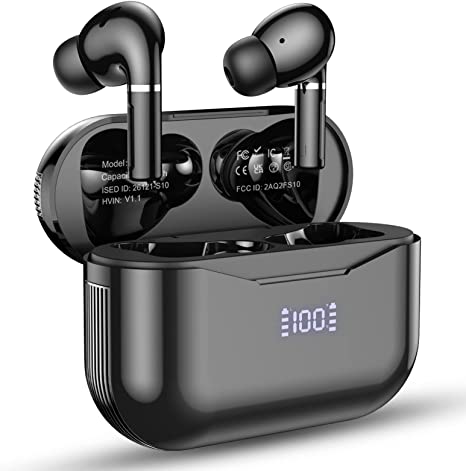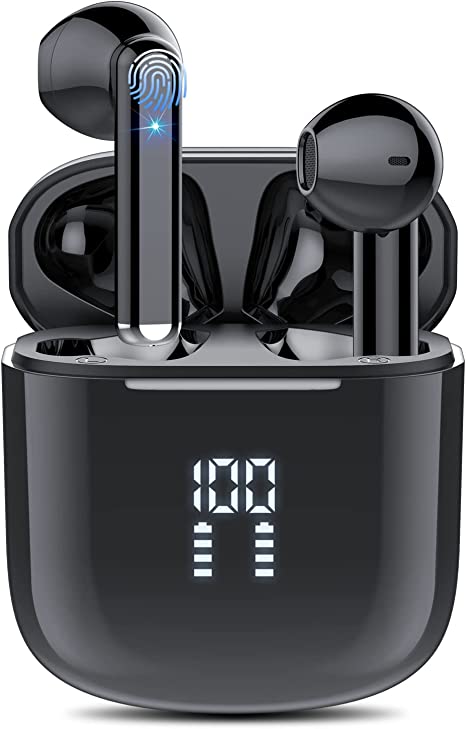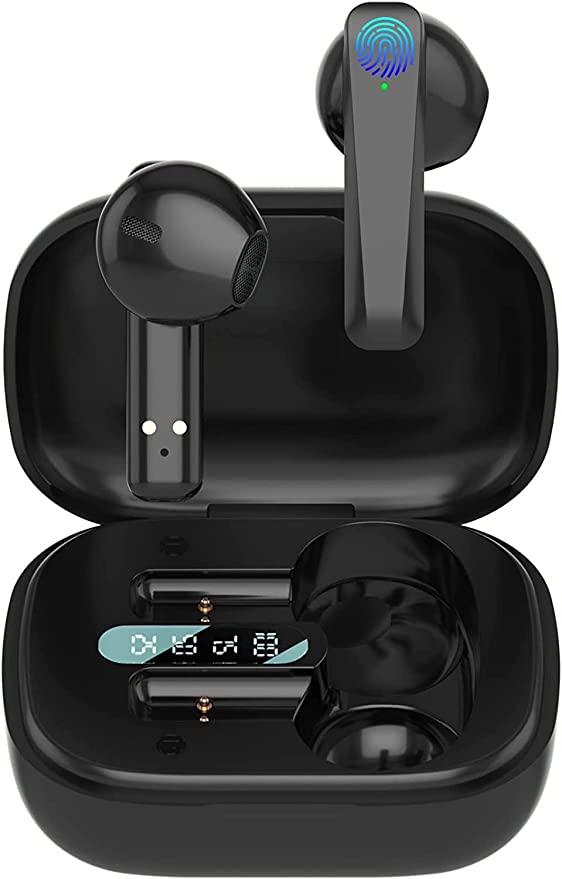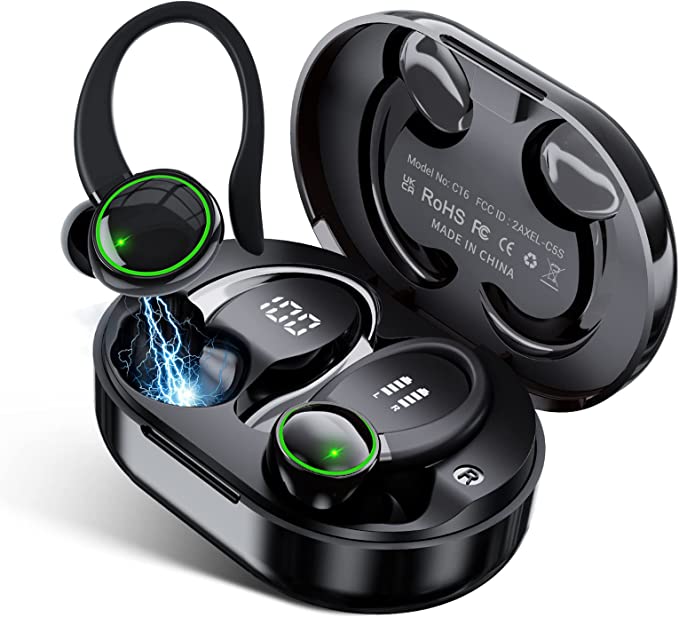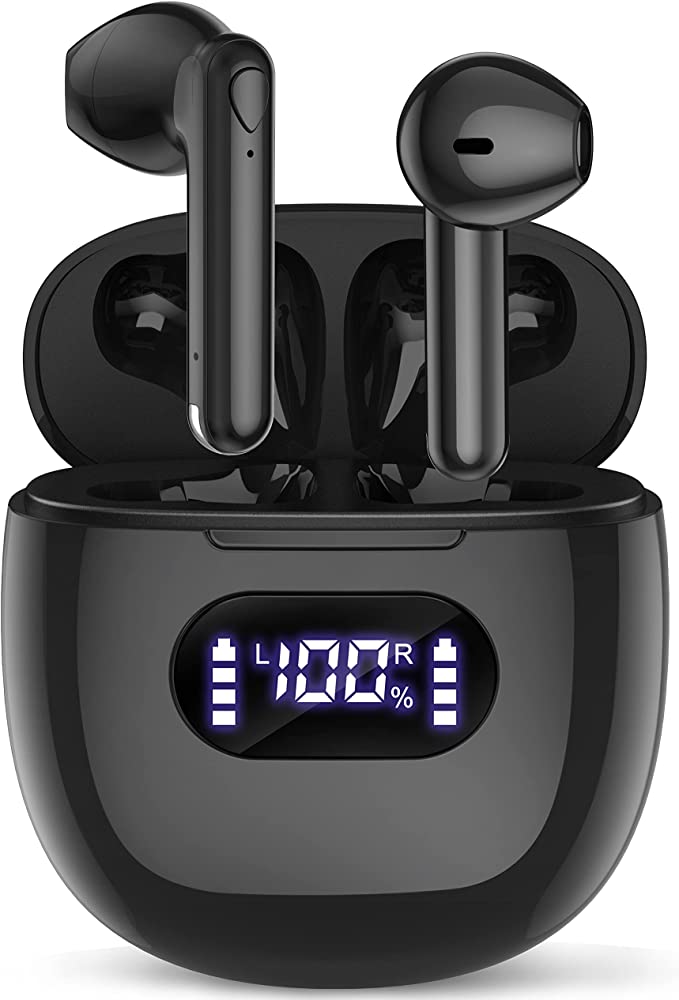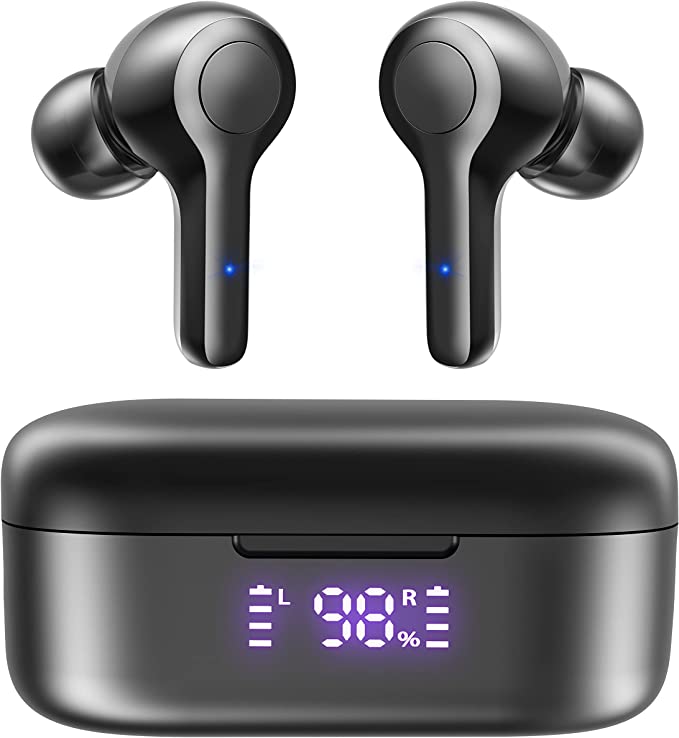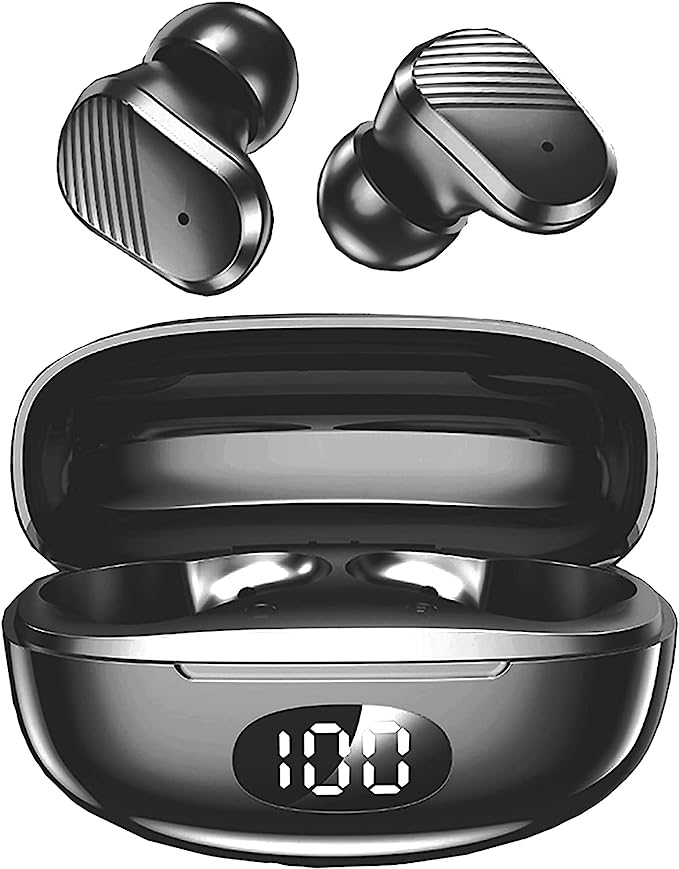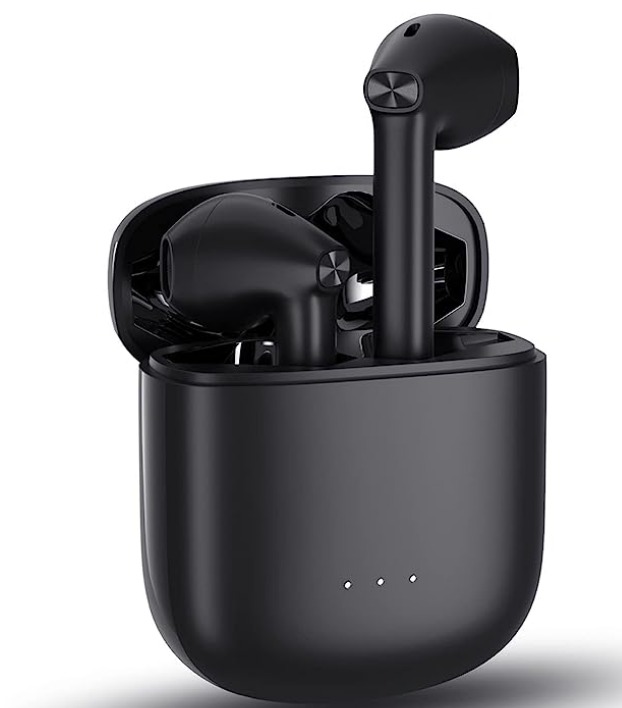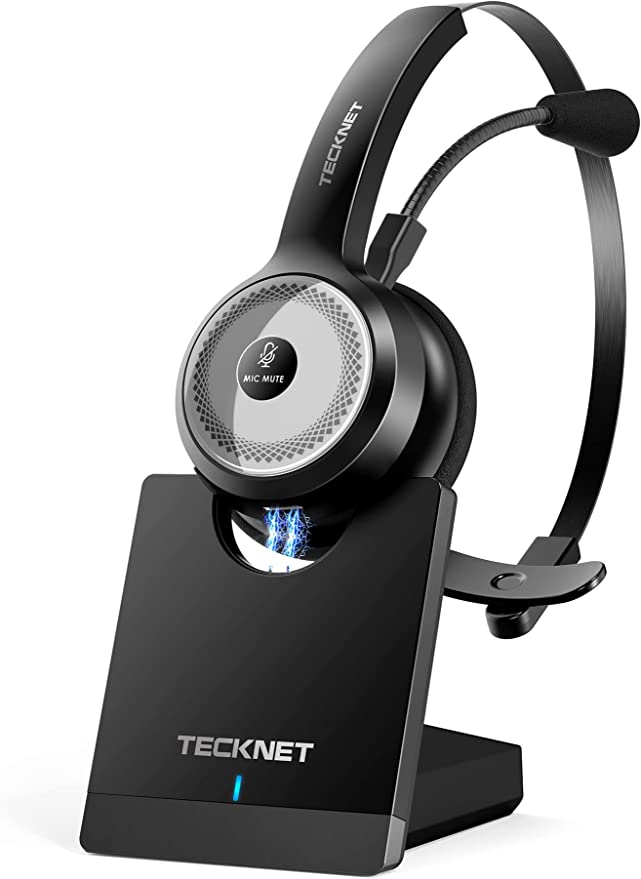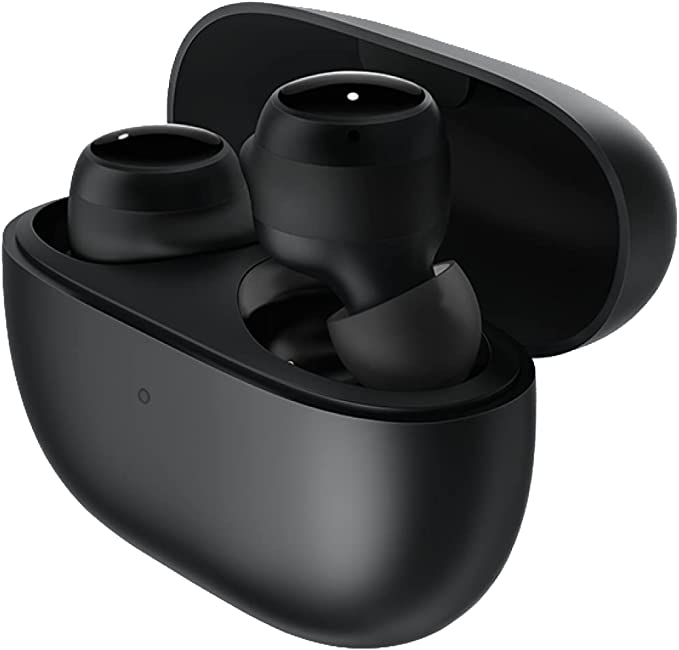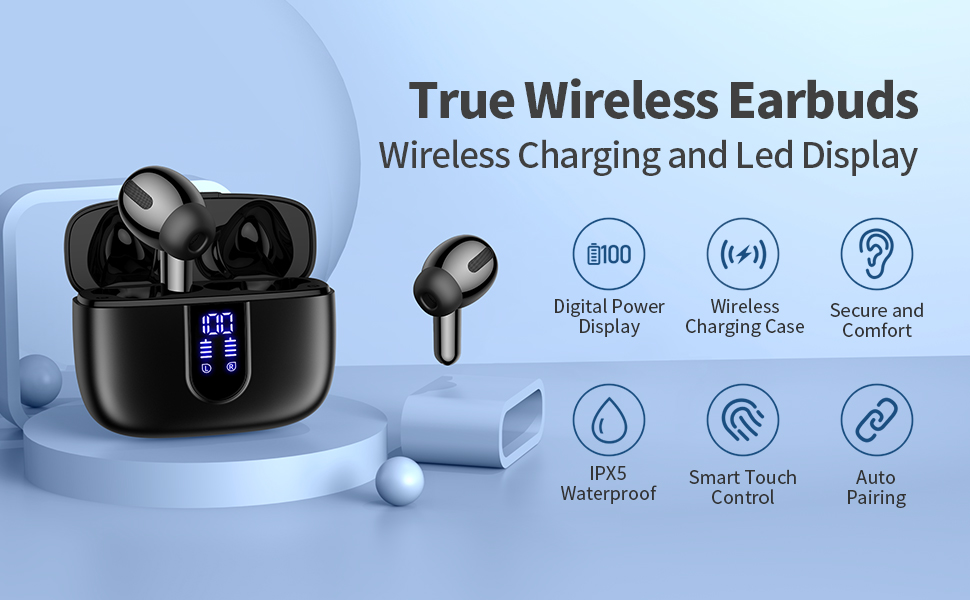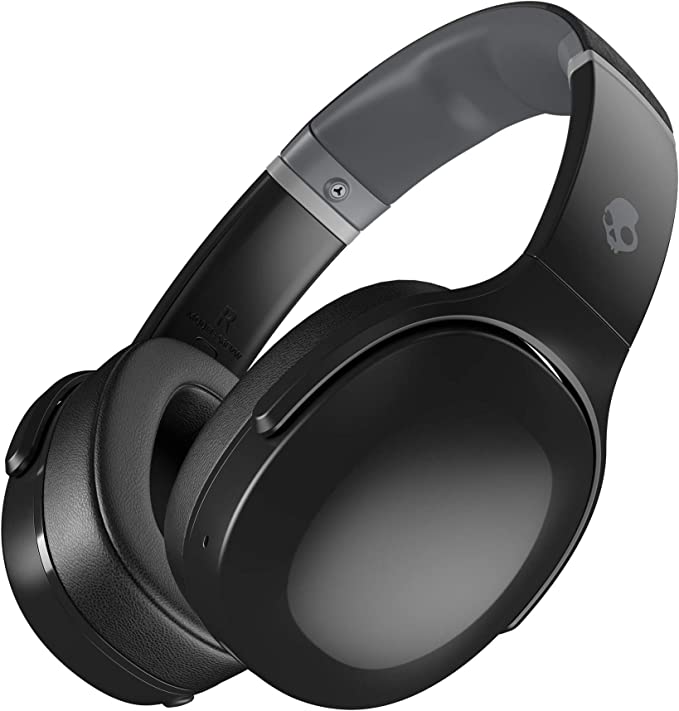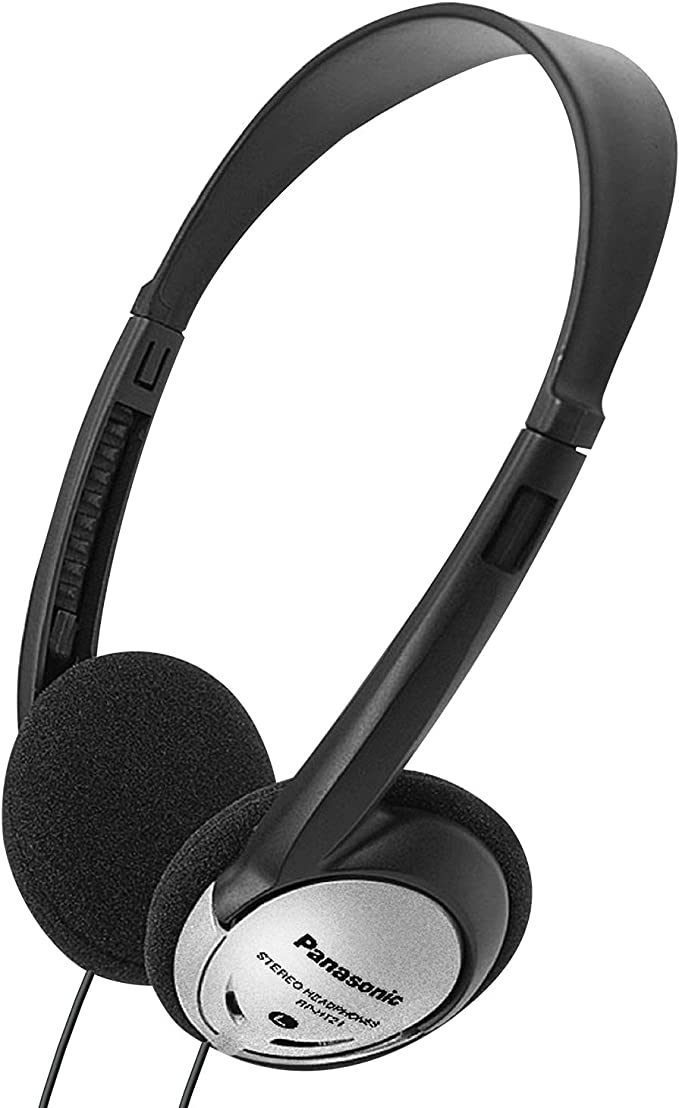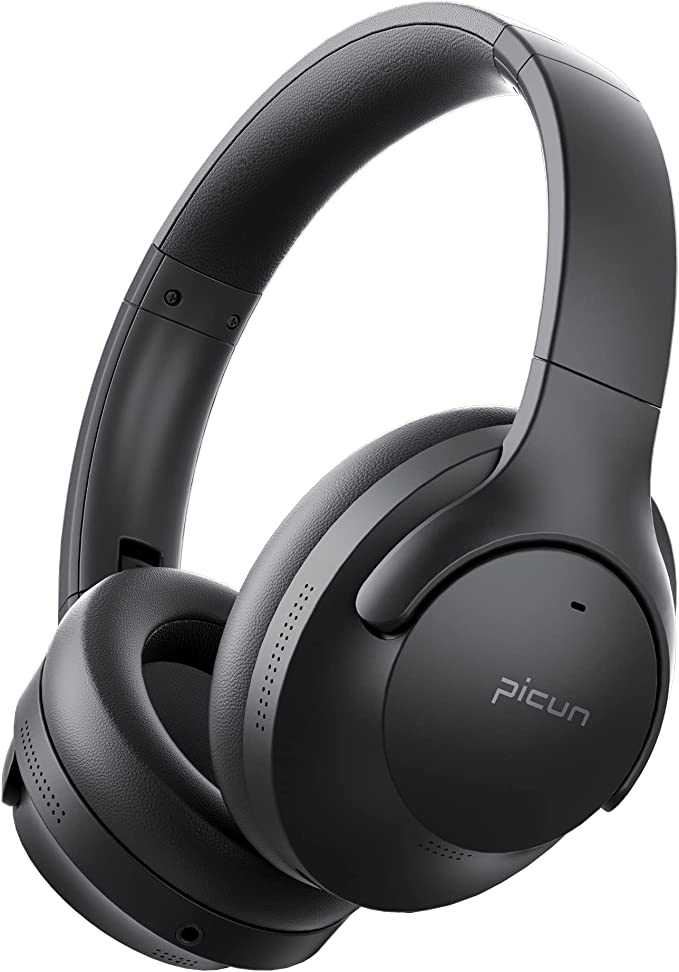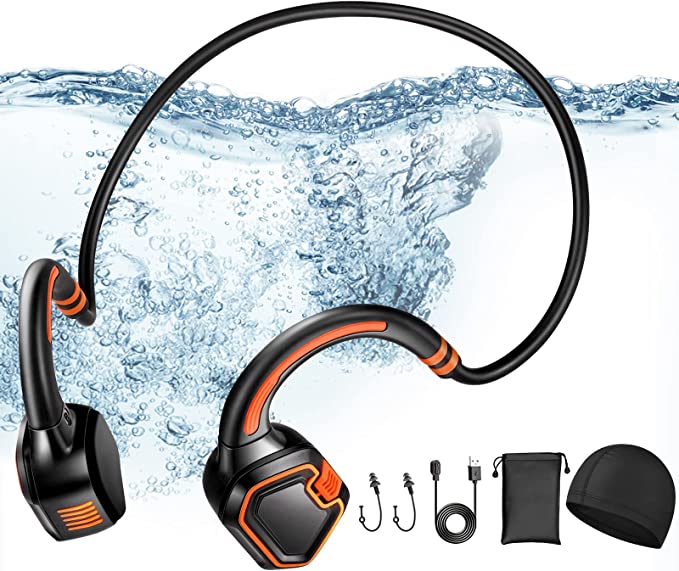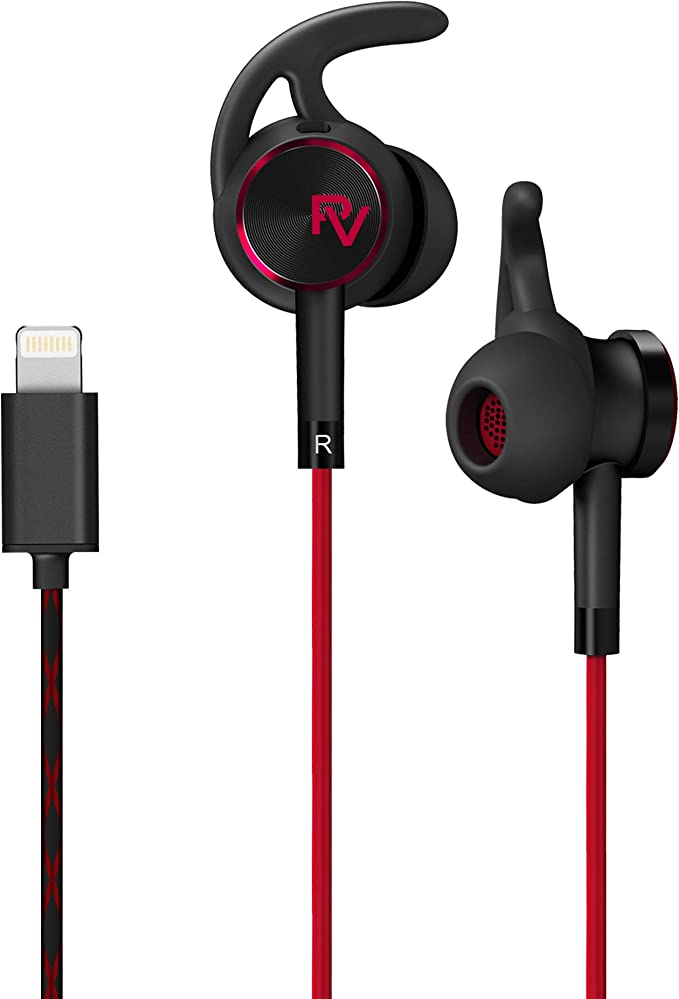hadbleng Q28S-PRO Wireless Earbuds: Unleash the Power of Sound, Anytime, Anywhere
Update on July 24, 2025, 7:13 p.m.
Every piece of technology you own is a silent contract. It’s a pact signed in blueprints and assembly lines, promising performance, durability, and ease of use. But what we often overlook are the terms of this contract—the countless, invisible engineering decisions and deliberate compromises that make a device not just possible, but practical. The world of wireless earbuds is a perfect arena to witness this intricate dance of trade-offs.
Let’s take the hadbleng Q28S-PRO Wireless Earbuds as our lens. On the surface, it’s a list of impressive specifications: 48 hours of playtime, IPX7 waterproofing, and a sporty design. But beneath these bullet points lies a story of engineering philosophy. This isn’t just a review; it’s an autopsy of design, a journey into the “why” behind the “what.”

The Pact of Power: A Ceasefire in the War on Battery Life
For decades, the primary antagonist in the story of portable electronics has been battery life. This constant “range anxiety” dictates our habits and tethers us to walls. The claim of 48 hours of total playtime for the Q28S-PRO represents a ceasefire in this war, achieved not by a single miracle but by a coalition of technologies.
The commanding officer of this coalition is the 800mAh charging case. It’s more than a plastic shell; it’s a mobile supply depot. Inside, a Lithium Polymer (Li-Po) battery serves as the power reservoir. Compared to their older Lithium-Ion cousins, Li-Po batteries are prized for their high energy density and flexible, pouch-like form factor, allowing engineers to pack more power into the compact, sculpted shapes our modern gadgets demand.
But a large fuel tank is useless without an efficient engine. This is where Bluetooth 5.3 enters the narrative. Born from a project at Ericsson in 1994 to replace data cables, Bluetooth has evolved into a remarkably sophisticated and energy-frugal protocol. The key advancement in recent versions is a focus on Low Energy (LE) Audio. It streamlines data transmission, allowing high-quality sound to be sent while sipping, rather than gulping, power. The synergy is elegant: the high-capacity case provides the raw energy, while Bluetooth 5.3 ensures it’s spent wisely. The prominent LED display on the case isn’t just a feature; it’s a form of transparency in this pact, giving you, the user, constant visibility into the state of your power reserves.
The Armor of Resilience: Decoding the Language of Durability
A device’s usefulness is nullified if it’s too fragile for the real world. For an accessory designed for workouts and commutes, durability isn’t a luxury; it’s a core requirement. The IPX7 rating on the Q28S-PRO is its certified armor class.
This code comes from the International Electrotechnical Commission (IEC) standard 60529, a universal language for defining a product’s defense against the elements. Let’s translate: * The ‘X’ means the device hasn’t been submitted for a formal rating against solid ingress (like dust). This is a common trade-off in earbud design, where achieving a perfect dust seal can compromise acoustic performance or drive up costs. * The ‘7’ is the critical number for liquid protection. It certifies that the earbuds can survive being fully submerged in up to one meter of fresh water for 30 minutes.
This isn’t an invitation to go swimming. Rather, it’s an engineer’s guarantee that the device can withstand the foreseeable chaos of its intended use: torrential sweat during a marathon, a sudden downpour on a run, or an accidental drop into a sink. This resilience is achieved through precision-molded casings, rubber gaskets, and hydrophobic nano-coatings on the internal circuitry. It’s a calculated defense, a deliberate investment in longevity. But like all armor, it has its limits—a fact underscored by the non-waterproof charging case, a reminder that every fortress has a vulnerable supply line.
The Soul of Sound and Sanity: A Tale of Two Designs
Ultimately, an earbud must perform its primary function: delivering sound. The Q28S-PRO utilizes a 13.44mm dynamic driver, the miniature engine that creates sound waves. While a larger driver can, in theory, move more air to produce a fuller bass response, size is not the sole determinant of quality. The true art lies in acoustic tuning—the meticulous calibration of the driver, the internal chamber, and the digital signal processing to shape a pleasing sound signature.
However, in our connected world, earbuds are for more than just music; they are our portals for communication. This is where Environmental Noise Cancellation (ENC) comes into play. It’s crucial to distinguish it from its more famous cousin, Active Noise Cancellation (ANC). ANC is a selfish technology; it works to silence the world for you. ENC is a social one; it uses beamforming microphones to isolate your voice and strip away the surrounding noise, so the person on the other end of the call can hear you clearly. It’s a computational solution to the very human problem of trying to have a conversation in a noisy world.
This pragmatic approach extends to the physical interface. The choice of a physical button over a sleek touch panel represents a philosophical divide in design. Touch controls excel in quiet, controlled environments. But in the middle of a workout, with sweaty fingers or while wearing gloves, they can become a source of frustration. A physical button offers unambiguous, tactile feedback. Every press is a clear, confirmed command. It’s a trade-off that prioritizes reliability and function over minimalist form, a decision that reveals a deep understanding of the product’s target user.
The Beauty of the Intelligent Compromise
In a market obsessed with superlatives, it’s easy to get lost chasing the “best” of everything. But exceptional design is rarely about achieving perfection in every metric. It’s about making the right compromises. The hadbleng Q28S-PRO, like so many well-designed products, is a testament to this philosophy.
It doesn’t claim to have the absolute best audio fidelity or the most advanced noise cancellation on the planet. Instead, it represents a suite of intelligent choices aimed at a specific purpose: to be a reliable, long-lasting, and easy-to-use audio companion for an active life. It’s a device that understands that for its user, a dead battery is a bigger problem than a subtle nuance in the high-hat, and surviving a rainstorm is more important than a seamless touch interface. By understanding the unseen engineering and the thoughtful compromises behind the features, we move from being passive consumers to informed users, capable of appreciating not just the product, but the elegant art of its creation.


